The History of Clark Foam
Share
CLARK FOAM
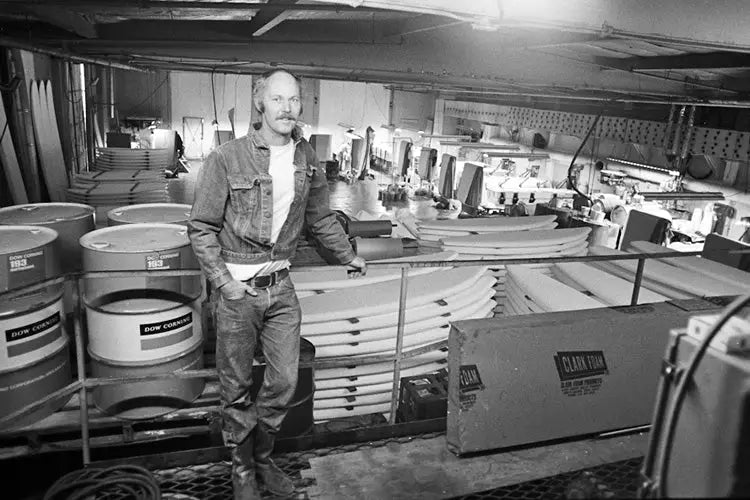
Photo Credit to: SURFERTODAY.COM
Clark Foam was a pillar of the surf industry for over four decades. Founded in 1961 by Gordon “Grubby” Clark, the company made the vast majority of surfboard blanks used by shapers throughout much of surfing’s modern history.
Grubby Clark grew up in California and surfed the heavy redwood boards of the 1940s and 1950s. While he was still a teenager, Clark worked for legendary surfboard designer Tom Blake, who invented the first surfboard fin. He also worked as a glasser for Hobie Alter while studying for his bachelor’s degree at Pomona College, placing him at the heart of the surfboard industry in the late 1950s.
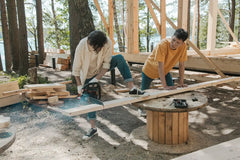
By the late 1950s, balsa wood had become the industry standard for surfboard construction, but Hobie was a visionary and had been experimenting with polyurethane foam blanks, and put Clark in charge of that project. They released the first foam-core surfboard to the market in 1958, and by 1960 these boards had become ubiquitous.
In 1961, Clark started his own company to supply blanks for the surf industry’s shapers, naming it after himself and calling it Clark Foam. The company had a number of creative innovations, including cement molds, hydraulic glue presses, hot coats, and computer-assisted surfboard construction. The company went on to dominate the market, and by the early 2000s was making 90 percent of the blanks that went into American-made surfboards, and 60 percent of all blanks in the world.
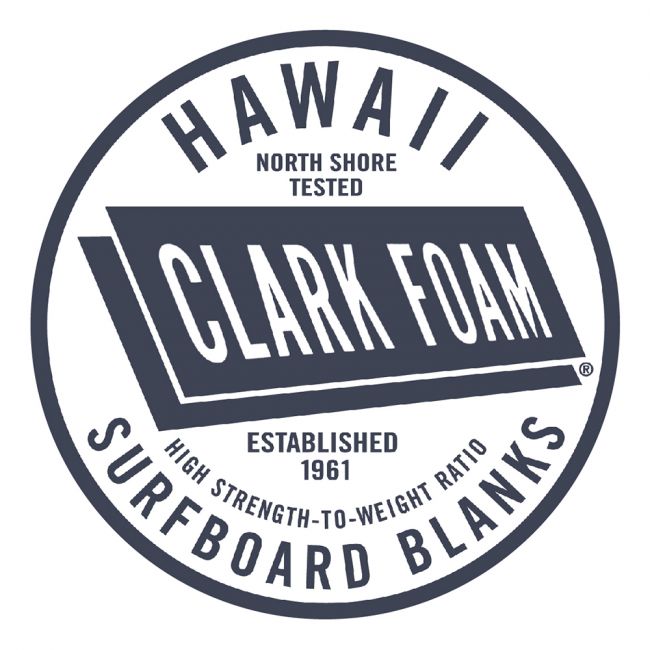
The surf industry was shocked in 2005 when Clark suddenly announced the immediate closure of its facilities. The company was worth approximately $40 million, but had been impacted by changing government regulations related to the use of toluene diisocyanate, which was an ingredient in its blanks. Clark Foam was actually one of the last manufacturers of any type in California to use the compound, and the EPA had threatened to force the company to close in the future. Although there was no current action against Clark Foam by the government in 2005, Clark decided to shut his company down, which immediately through the surf industry into a tailspin. There was initially a shortage of blanks as shapers scrambled to find foam, but eventually new sources sprang up around the world and smaller blank companies that were already established began to increase their output. At the same time, there was a new emphasis placed on environmentally friendlier materials for surfboard construction—a trend that continues to grow today.
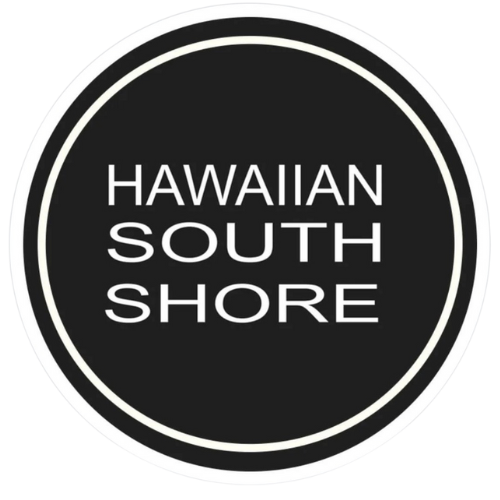
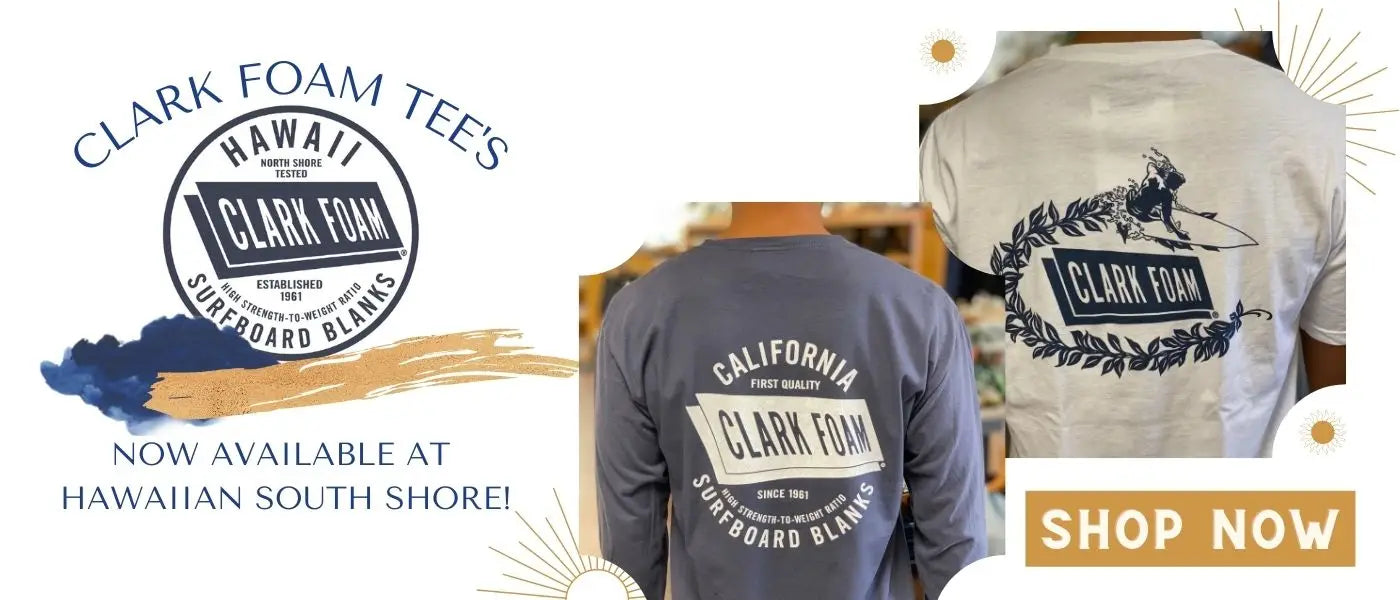
2 comments
A few days ago, I had trash duty. As I rounded the corner in my apartment building; my eyes met the outline of an eight-foot, yellow, banana shaped surf board leaning against the trash bin. As I got closer, I could see the name…Gerry Lopez, Hawaii.
I immediately gaffled the big old board up and carried it to my apartment, that’s where it remains today.
Thank you, for whoever left that sweet-vintage banana, thanks again!
WHAT A LEGEND!! 2 HOME RUNS CLARK FOAM & RANCHER OF CATTLE & SHEEP